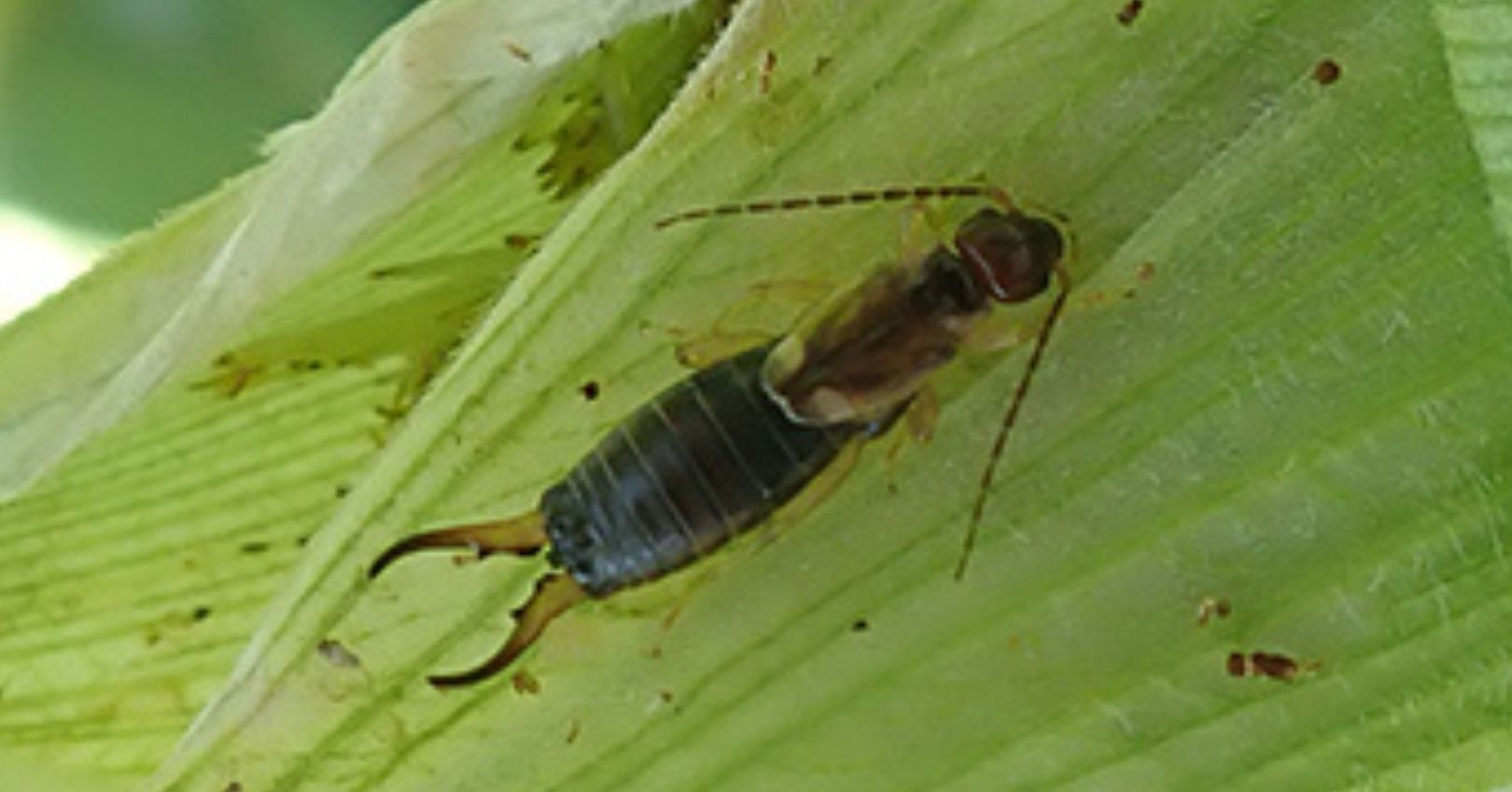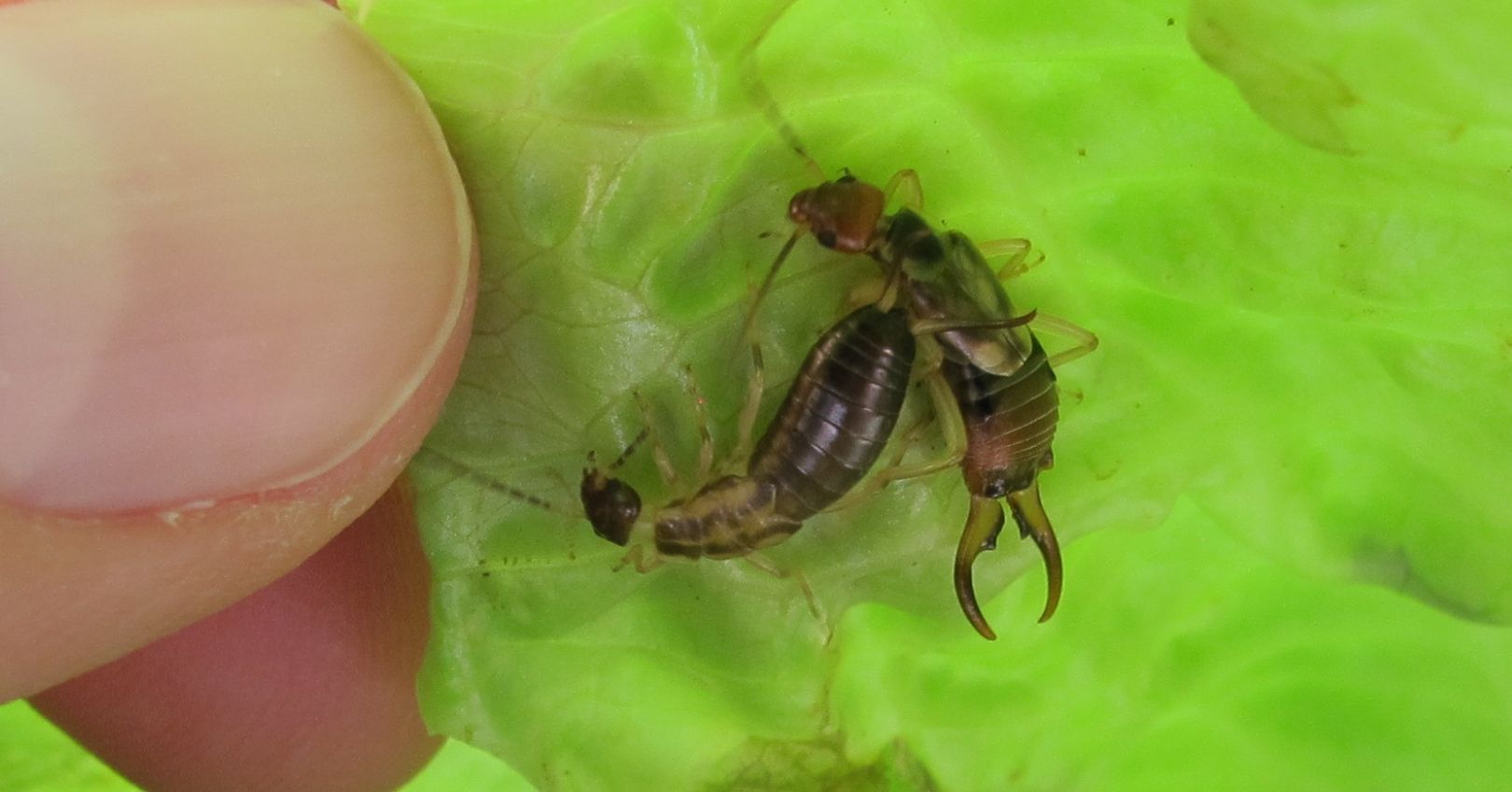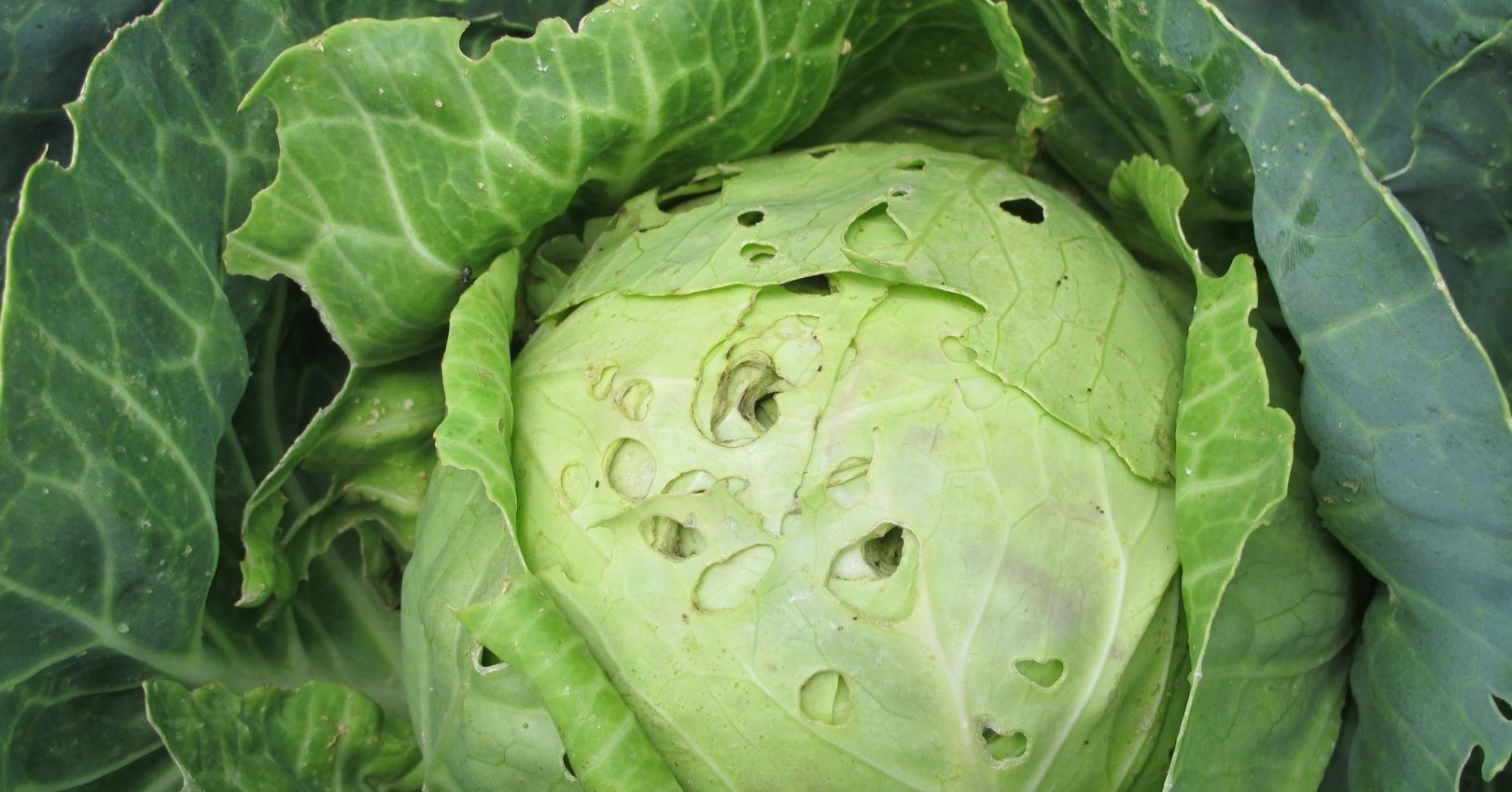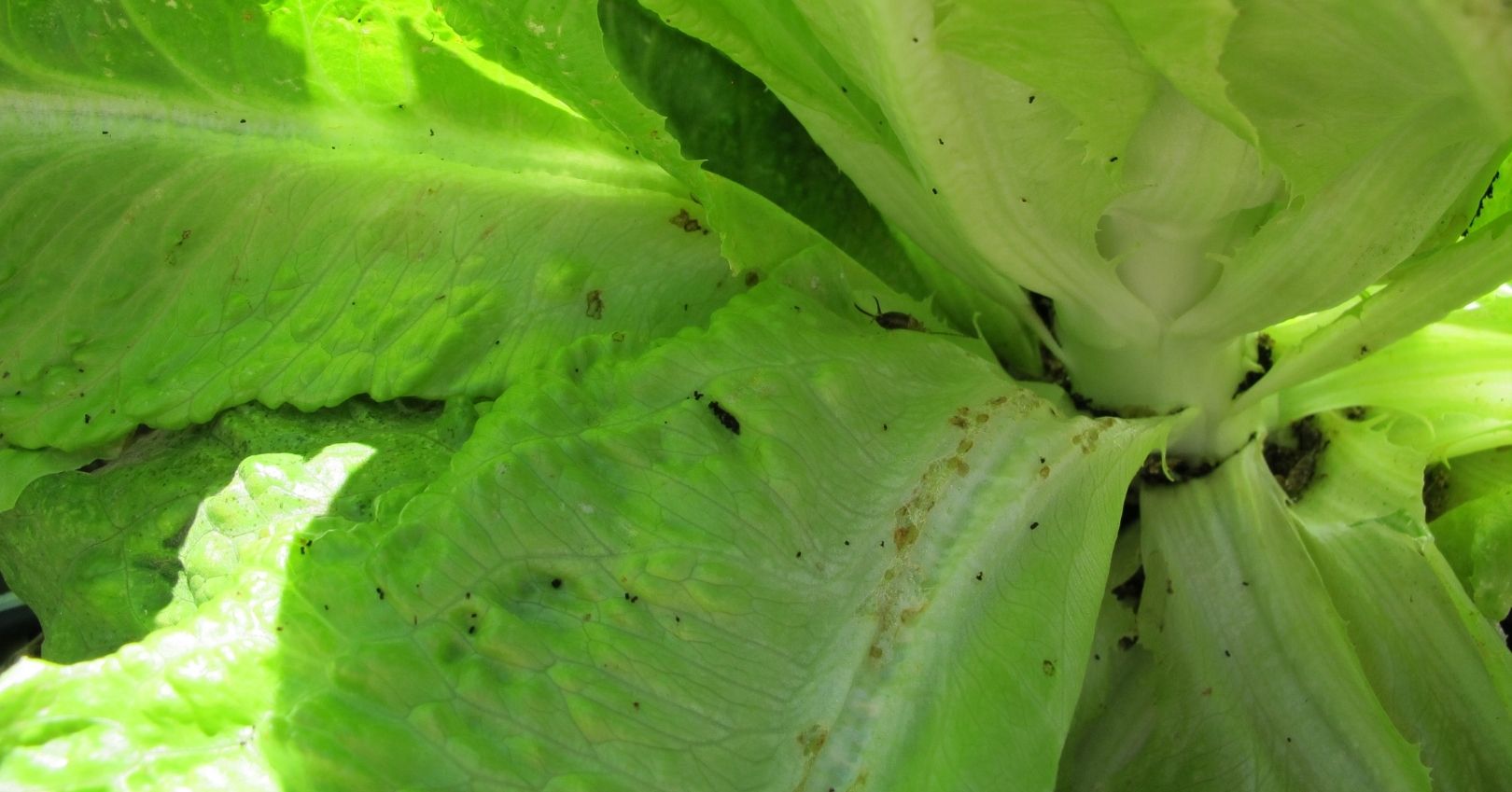European Earwig




Damage
European earwigs are omnivores, feeding on a diverse diet including many types of plants, fungal spores, small invertebrate animals, and decaying organic matter. They also prey on soft-bodied plant pests such as aphids, scales, caterpillars, maggots and mites. The European earwig becomes a problem in leafy greens when it feeds on the leaves causing numerous irregular holes or chewed edges. This damage can resemble caterpillar damage. Earwigs also congregate within the plant and contaminate it with their presence and frass. Earwigs can be confirmed as a pest by viewing them at night when they are active with a flashlight.
Description
Adult: Elongate brown body with a red-brown head; 0.5 to 0.63 inch long. Adult earwigs can be easily identified by a prominent pair of “pinchers” (cerci) on the rear of the body. The cerci are used for defense, holding prey, and for the males to grasp females during mating. Male cerci are strongly curved while those of the female are straighter, but curve slightly towards the tip.
Egg: Elliptical, pearly white, and 0.04 inch long. As hatching nears, eggs darken and increase in size.
Nymphs: There are four immature or nymphal stages (instars). Nymphs are gray to light brown in color and similar in appearance to adults, but smaller.
Life History
Adults overwinter in the soil as brooding pairs or above ground in aggregations. Females lay eggs in clutches of 30-50 eggs in the spring within nests in the soil; they may lay more than one clutch if resources are sufficient. Egg hatch begins around mid-May in northern Utah. The first and some second instar nymphs remain in the nest where the mother protects them from hazards and maintains the nest by removing mold. The second through fourth instars disperse from the nest in search of food. Earwigs are active during the night (nocturnal) and hide in dark, tight, and moist places during the day. Pheromones from frass (feces) and cuticular hydrocarbons (exoskeleton chemicals) attract earwigs to congregate. There are two or more generations per year, and populations tend to build to their highest densities in mid to late summer.
Management
Since European earwigs can be both beneficial (eat other pest insects) and detrimental to crops, control measures should only be applied if there is unacceptable crop damage.
Cultural
- Use traps. Trapping earwigs can be an effective way to monitor and reduce earwig numbers. Some of the various types of traps that can be used include:
- Corrugated cardboard rolled and tied to stakes along field borders or dispersed throughout the field.
- Rolled or crumpled moistened newspaper.
- Grooved wood placed together.
- Tuna cans, yogurt or sour cream containers (punch holes in container sides just below the lid). Bait containers with smelly oils such as fish or clam oil, bacon grease, and wheat bran or wheat germ and then bury the bottom of containers in the ground.Check traps twice per week. Transfer live earwigs into a plastic container with soapy water for disposal. If using bait, replenish as needed.
- Check traps twice per week. Transfer live earwigs into a plastic container with soapy water for disposal. If using bait, replenish as needed.
- Reduce or remove nesting and hiding places. Earwigs seek refuge in dark areas during the day. Weeds, plant debris, and volunteer corn plants should be kept clear from fields, especially in the spring.
Chemical
Insecticides should be applied in the late evening just before earwigs come out to feed. Target sites where earwigs congregate (sites where females brood their young), and on plants when injury appears.
Biological
Earwigs emit a foul-smelling chemical that is distasteful to many predators; however, natural predators such as toads, song birds, chickens, ducks, and turkeys will eat earwigs. A parasitic tachinid fly will also attack the European earwig.
More Information
How to Trap Earwigs
Earwig Management

